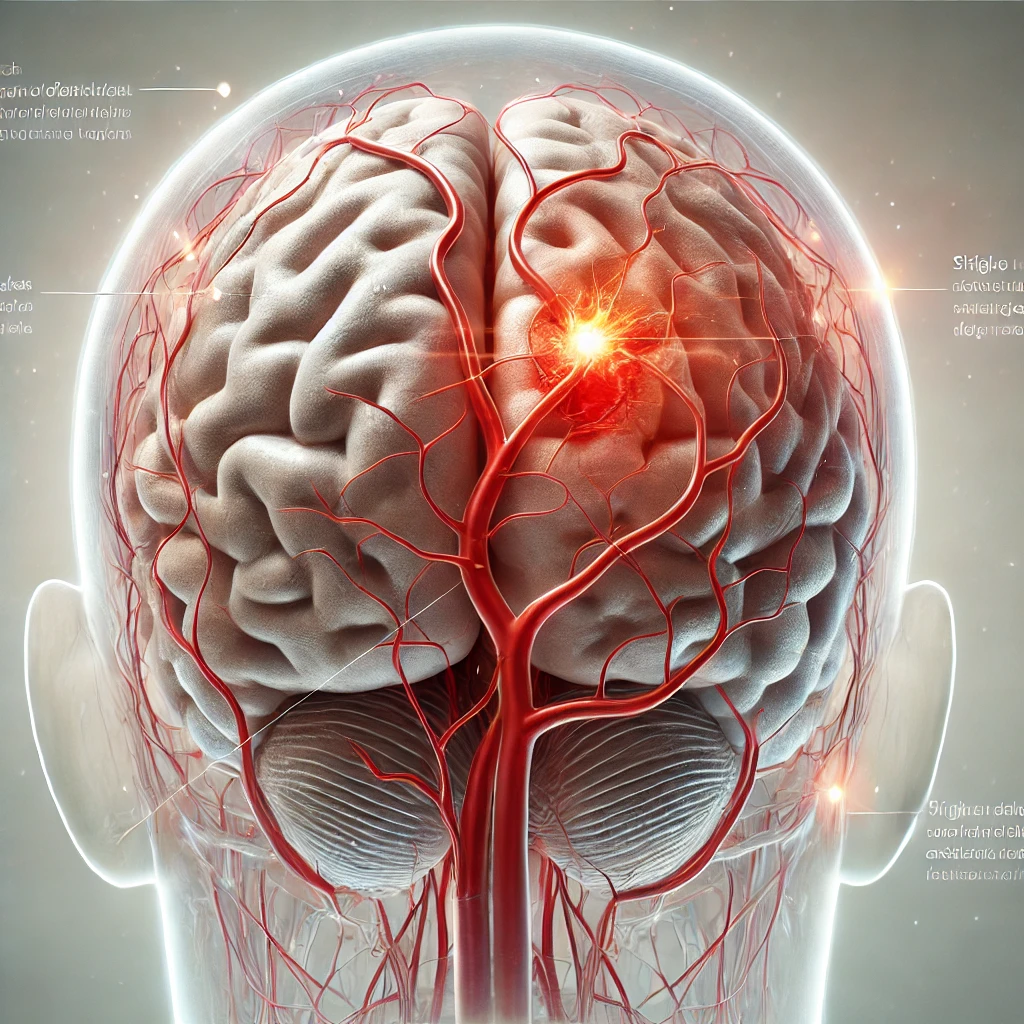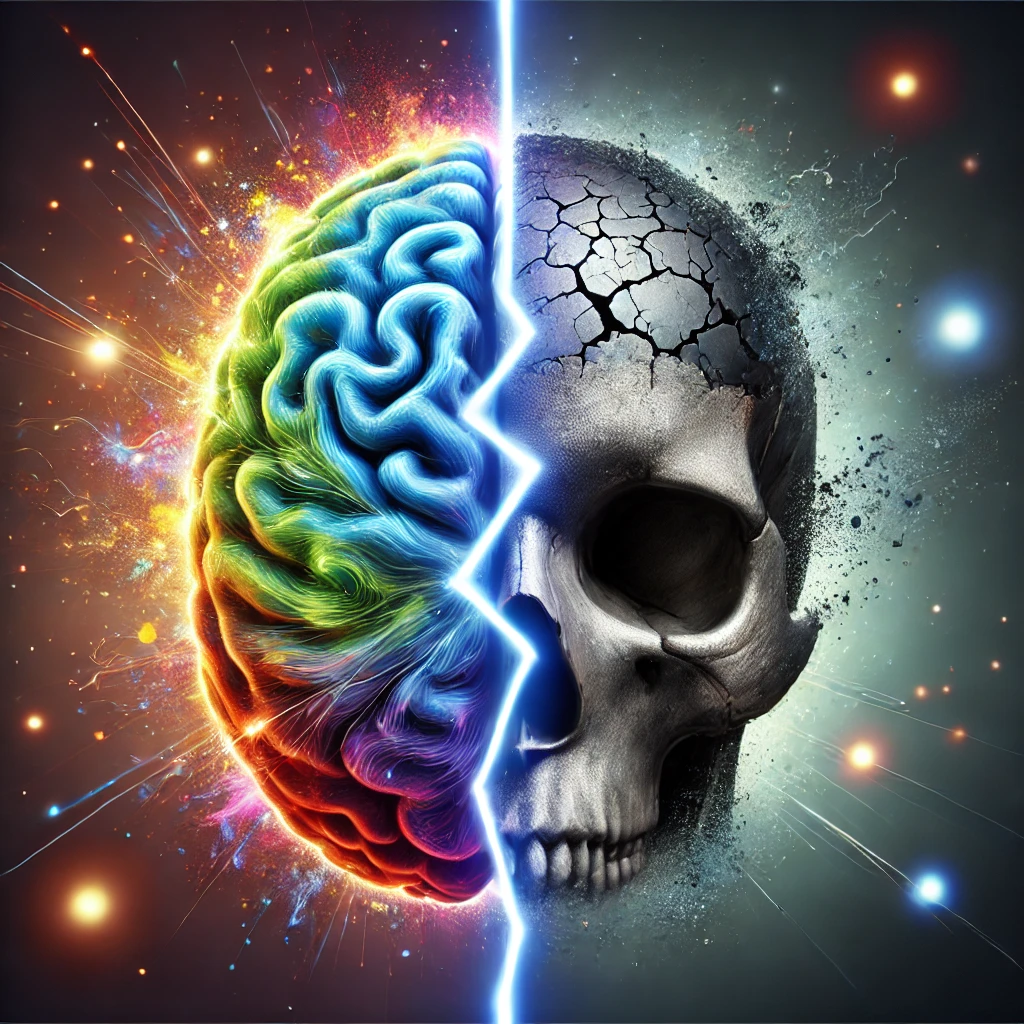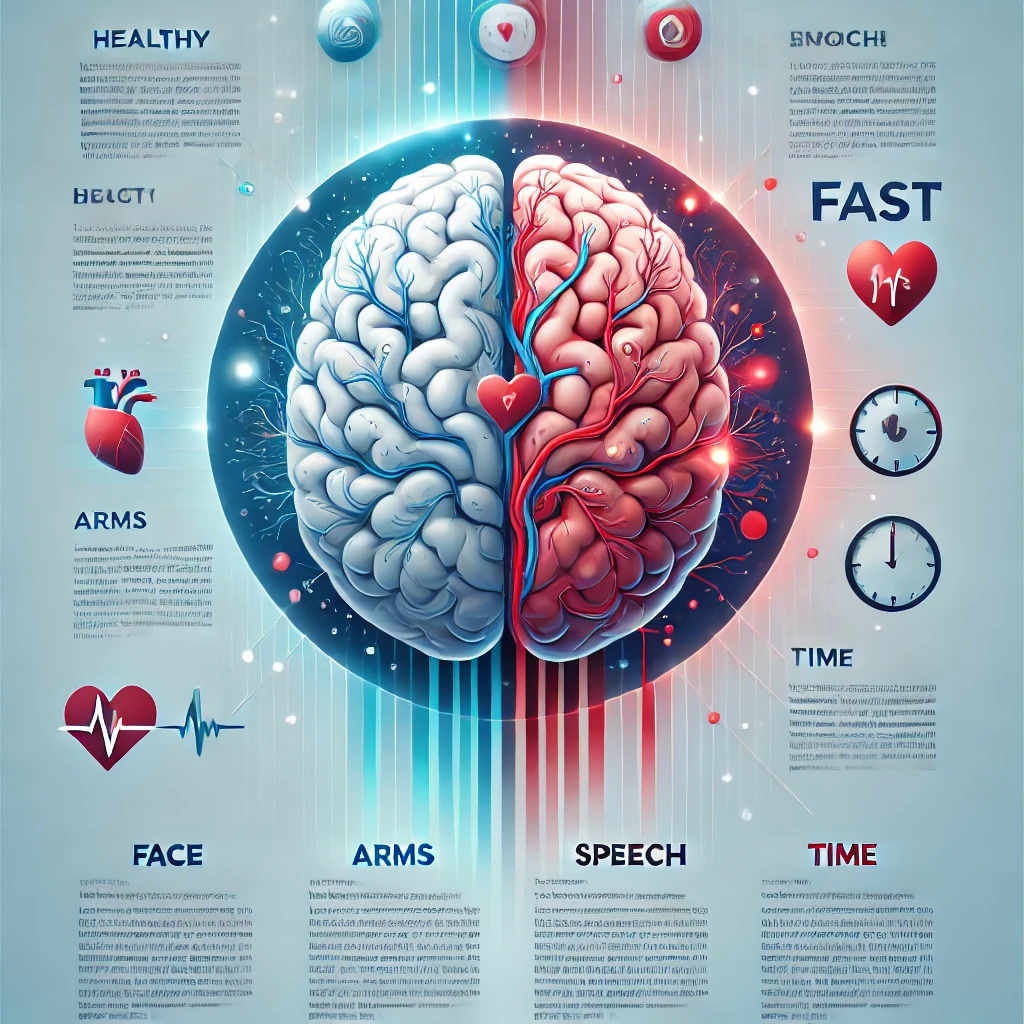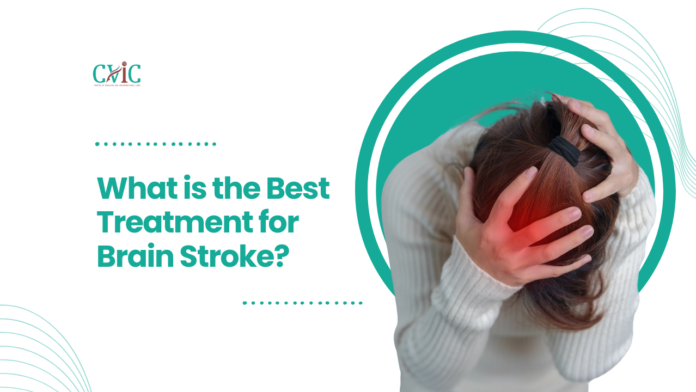A brain stroke is a medical emergency that requires immediate attention to prevent long-term damage or even death. But what is the best treatment for brain stroke? Understanding the available treatments, from emergency interventions to long-term rehabilitation, can make a significant difference in outcomes. This blog will guide you through the top treatment options for brain strokes, empowering you with knowledge for timely and effective care.
Understanding a Brain Stroke
A brain stroke occurs when the blood flow to the brain is disrupted, either due to a blockage (ischemic stroke) or bleeding (hemorrhagic stroke). Without adequate blood supply, brain cells begin to die, leading to possible paralysis, speech difficulties, or other impairments.

Why Immediate Action is Crucial
Time is of the essence during a stroke. Acting quickly increases the chances of recovery and minimizes long-term damage. Recognizing symptoms like sudden numbness, confusion, or trouble speaking is vital for getting prompt treatment.
Also Read: Latest Treatments for Varicose Veins in 2024
What is the Best Treatment for Brain Stroke?
Emergency Interventions for Brain Stroke
- Clot-Busting Medications (tPA):
- Tissue plasminogen activator (tPA) is often administered for ischemic strokes within 4.5 hours of symptom onset.
- It dissolves the clot and restores blood flow to the brain.
- Mechanical Thrombectomy:
- A minimally invasive procedure where doctors use a catheter to remove the clot.
- Best suited for large vessel blockages and can be performed up to 24 hours after symptoms appear.
- Surgical Interventions:
- For hemorrhagic strokes, procedures like craniotomy or aneurysm clipping may be necessary to stop bleeding.
- Surgeons may also remove blood clots or repair damaged blood vessels.
Rehabilitation After a Stroke
Rehabilitation plays a pivotal role in helping stroke survivors regain their independence. Here are key aspects of post-stroke care:
- Physical Therapy:
- Focuses on improving mobility, balance, and strength.
- Includes exercises to help patients walk or use their limbs effectively.
- Speech Therapy:
- Essential for those with communication difficulties.
- Therapists use tailored exercises to improve speech, comprehension, and swallowing.
- Occupational Therapy:
- Helps patients relearn daily tasks like dressing, eating, or writing.
- Supports independence and boosts confidence.
- Psychological Counseling:
- Stroke recovery can be emotionally challenging.
- Professional counseling helps address depression, anxiety, or mood swings.

Also Read: How PAD Symptoms Differ from Regular Muscle Cramps: Key Differences Explained
Advanced Treatments on the Horizon
- Stem Cell Therapy:
- Experimental studies suggest stem cells may repair damaged brain tissue.
- Though not yet widely available, it offers hope for future breakthroughs.
- Robotics and AI in Rehabilitation:
- Robotic exoskeletons aid physical therapy for mobility improvements.
- AI-powered tools track recovery progress and personalize treatment plans.
Lifestyle Changes to Prevent Future Strokes
Prevention is the best cure. Adopting a healthy lifestyle can reduce the likelihood of recurrent strokes:
- Healthy Diet: Focus on fruits, vegetables, whole grains, and lean proteins.
- Regular Exercise: Aim for 30 minutes of moderate activity most days of the week.
- Quit Smoking: Smoking doubles the risk of stroke.
- Limit Alcohol Consumption: Excessive drinking can contribute to high blood pressure and other risk factors.
Also Read: When Should I Seek Emergency Help for an Aneurysm? Learn the Warning Signs
FAQs
What are the symptoms of a brain stroke?
Symptoms include sudden numbness, confusion, slurred speech, severe headache, and difficulty walking. Seek immediate medical attention if these occur.
Can brain strokes be prevented?
Yes, managing risk factors like high blood pressure, diabetes, and high cholesterol can significantly lower the risk.
Is rehabilitation necessary after every stroke?
Most stroke survivors benefit from rehabilitation to regain lost skills and improve their quality of life.

What is the role of tPA in stroke treatment?
tPA is a clot-busting drug used for ischemic strokes. It’s most effective when administered within 4.5 hours of symptom onset.
How long does stroke recovery take?
Recovery varies but often takes weeks to months. Consistent rehabilitation is key to optimal outcomes.
What should caregivers know about stroke recovery?
Caregivers should be patient, provide emotional support, and assist with rehabilitation exercises to aid recovery.
Conclusion
When faced with the question, what is the best treatment for brain stroke, the answer lies in timely medical intervention, personalized care, and comprehensive rehabilitation. From emergency procedures like tPA to innovative therapies and lifestyle adjustments, numerous options can aid recovery and prevent recurrence. Stay informed, act swiftly, and prioritize prevention for a stroke-free future.




